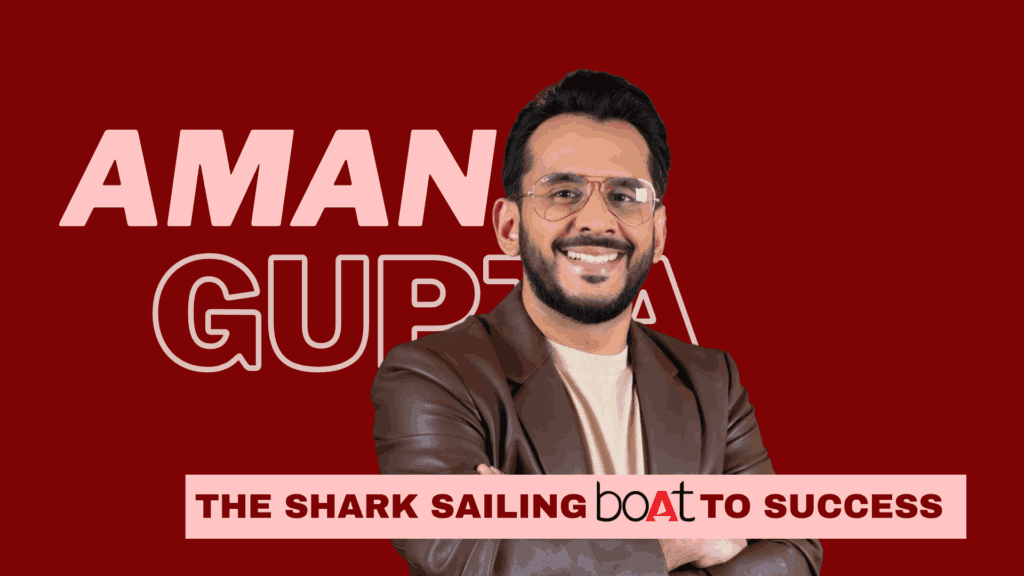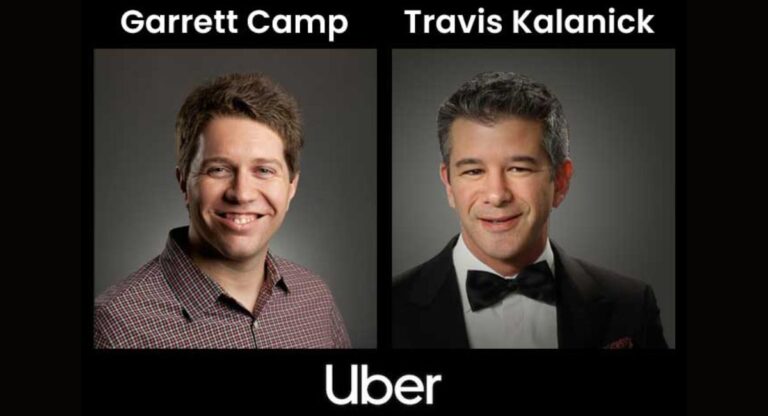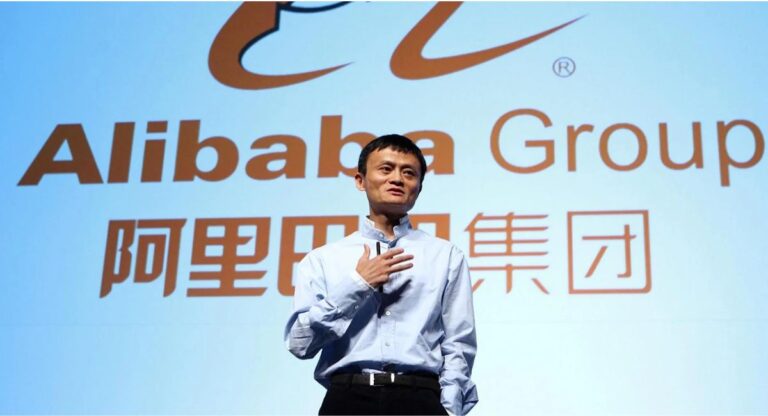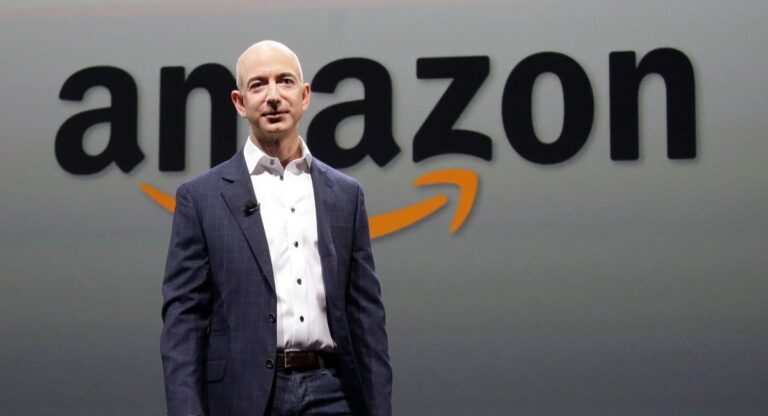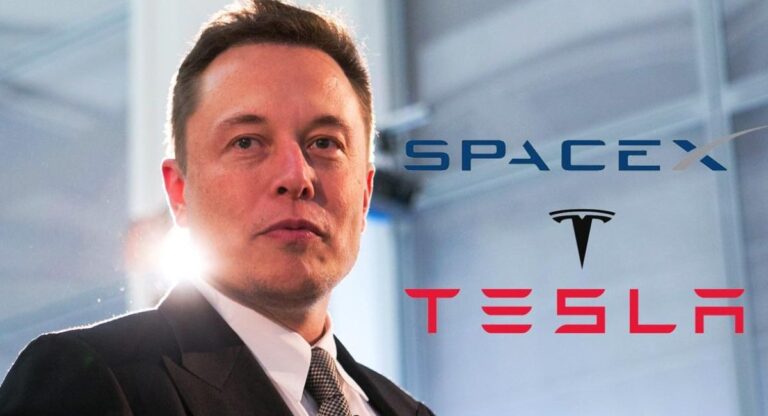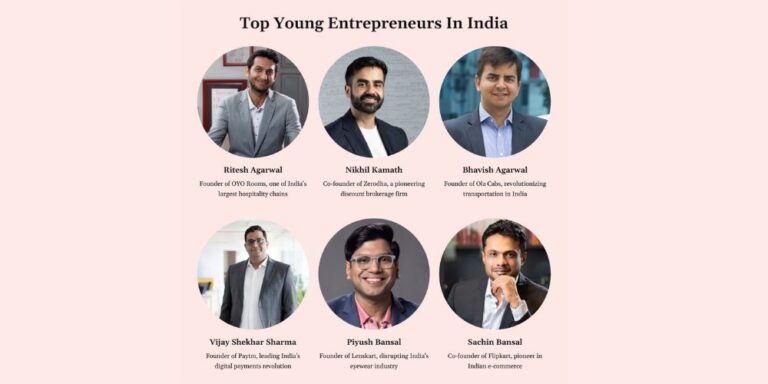In a crowded tech world where big funding often drives big headlines, Aman Gupta boAt’s journey stands out for very different reasons. This is not just the story of a company that sold earphones; it’s the story of a brand that redefined how young India listens, wears, and engages with sound.
Launched in 2016, boAt didn’t rely on celebrity founders or massive VC rounds. Instead, it built loyalty through sharp branding, user-first design, and a deep understanding of Indian consumers. And at the center of it all is Aman Gupta, a finance guy turned cultural architect who shaped a D2C empire with hustle, clarity, and bold decisions.
Read More: Ryan Heckman’s journey from Olympic skier to entrepreneur
Why boAt’s Rise Is More Than a Startup Story
- Grew from a small startup to India’s #1 audio brand by unit sales
- Bootstrapped with little to no external capital in the early stages
- Prioritized product-market fit over buzzwords or trends
- Created a youth-first lifestyle brand rather than just selling gadgets
- This blog explores the Aman Gupta boAt success story and dives into how boAt became successful in a space dominated by global giants
Who Is Aman Gupta
Before he became the face of India’s coolest audio brand, Aman Gupta followed a path few would expect from a startup founder. His background wasn’t in design or tech; it was in finance, branding, and pure hustle. The Aman Gupta boAt success story didn’t begin in a boardroom but with curiosity, insight, and a willingness to challenge convention.
The Man Behind the Brand
- Started his career as a Chartered Accountant, working with major financial institutions
- Joined Harman International, where he gained deep exposure to the global audio market
- Realized that most audio products in India were either too expensive or didn’t reflect the Indian lifestyle
- Saw an opportunity: stylish, affordable, durable devices tailored for Indian youth
- In 2016, co-founded boAt with Sameer Mehta, driven by the belief that audio products could be fashion accessories too
Aman Gupta blended business acumen with a cultural pulse, and that’s exactly how boAt was born.
Read More: Moziah Bridges: The Young Entrepreneur Behind Mo’s Bows
The Indian Audio Market in 2016
Back in 2016, India’s audio tech space was crowded but underserved. Global players ruled the shelves, but their products were either overpriced or out of touch with the everyday Indian consumer. There was a clear mismatch between what Indian users needed and what they were being offered. That’s exactly where the Aman Gupta boAt success story found its opening.
A Landscape Ready for Disruption
- Dominated by global brands like JBL, Sony, and Skullcandy that focused more on international trends than local needs
- Stylish, youth-focused design was missing, especially at accessible price points
- With smartphone penetration skyrocketing, users were hungry for quality earphones, power banks, and wireless devices, but options were limited
- No Indian brand had successfully positioned itself as a lifestyle-first audio company
- This market gap became the launchpad for how boAt became successful by delivering high-quality, trendy, and affordable products designed for Indian youth
Read More: Ryan Hickman: The Teen Recycler at the Forefront of an Environmental Revolution
Market Comparison at Launch
When boAt entered the Indian audio market in 2016, the competition was already fierce. But a closer look revealed a big opportunity. Most global brands focused on premium pricing, global aesthetics, or tech-heavy specs, leaving Indian users either underserved or priced out.
This table breaks down how boAt positioned itself as a stylish, affordable, and Indian-first alternative, which was central to how boAt became successful in just a few short years.
Market Comparison at Launch
| Brand | Average Price (INR) | Focus | Made for India |
| JBL | ₹3,000 – ₹5,000 | Audio quality | No |
| Skullcandy | ₹2,500 – ₹4,000 | Design, lifestyle | No |
| boAt | ₹999 – ₹2,499 | Design + affordability | Yes |
Insights:
- boAt entered at 40–60% lower price points than competitors
- Products were built for rugged Indian use: sweatproof, travel-friendly, and bass-heavy
- The brand’s focus on design and affordability gave boAt mass appeal with Gen Z and Tier 2/3 users
- This table clearly reflects the starting point of the Aman Gupta boAt success story
Read More: How to Choose the Best AI Software in 2025 for Your Business Needs
Core Business Philosophy
From the very beginning, boAt wasn’t trying to copy what Silicon Valley startups were doing. Instead, Aman Gupta and his team focused on something radically simple: building products that real Indians actually need and want to flaunt. The company wasn’t obsessed with buzzwords or trends; it was obsessed with serving young India better than anyone else.
This clarity in vision became a key pillar in how boAt became successful, and why the Aman Gupta boAt success story is now studied as a case in cultural and commercial branding done right.
Build for Bharat, Not Silicon Valley
- Targeted youth in Tier 2 and Tier 3 cities, not just metro elites
- Designed products to match Indian usage: sweat-proof, bass-boosted, durable
- Maintained a sub-₹2,500 pricing strategy to stay highly competitive
- Avoided expensive ads instead leveraged influencers, athletes, and customer reviews
- Built a lifestyle brand that resonated with how India sees tech as fashion
Boat proved that you don’t need a Silicon Valley playbook to dominate a market; you need to know your audience and solve their problems with style and substance.
Read More: Best Mutual Fund Investment: A Complete Manual for the Investors of the US.
Product Strategy That Worked
One of the strongest drivers behind how boAt became successful was its clear, fast, and customer-first product strategy. Instead of trying to impress investors, boAt focused on delivering what customers actually wanted: affordable audio and lifestyle gadgets that looked premium but didn’t break the bank. They didn’t just build products; they built habits.
How boAt Became a Bestseller
- Launched with budget-friendly wired earphones under ₹1,000, making quality audio accessible
- Quickly expanded into headphones, speakers, smartwatches, and more
- Maintained a fast innovation cycle, introducing new models every 6–8 weeks to stay fresh and trendy
- Built a strong Direct-to-Consumer (D2C) presence through Amazon, Flipkart, and their own website
- Leveraged real customer feedback to tweak features and aesthetics in real time
This nimble, feedback-driven approach kept boAt ahead of competitors and turned everyday products into must-have lifestyle tech.
Product Category Expansion Timeline
| Year | Product Line Introduced |
| 2016 | Wired earphones |
| 2018 | Wireless Bluetooth headphones |
| 2020 | Smartwatches and wearables |
| 2021 | Soundbars, gaming accessories |
| 2023 | TWS earbuds and lifestyle audio |
Each launch was carefully timed to match growing consumer demand and tech adoption trends, allowing boAt to own the audio and wearable space in India before most competitors caught up.
Marketing That Didn’t Look Like Marketing
When most brands were flooding TV screens and hoardings with product shots, boAt took a completely different route. It didn’t sell features; it sold identity. The brand made customers feel like they were part of something bigger. It tapped into culture, music, sports, and youth energy to build an emotional brand connection that no ad campaign could buy. This unique approach became a key chapter in the Aman Gupta boAt success story and redefined how boAt became successful without splurging on traditional marketing.
The Power of Cultural Relevance
- Collaborated with Indian cricketers, music artists, and youth influencers who already had organic followings
- Created the #boAtheads community, turning users into brand ambassadors
- Dominated Instagram, YouTube, and influencer-driven platforms where Gen Z hangs out
- Crafted campaigns around music festivals, sports tournaments, and pop culture moments
- Skipped the big-budget TV and print ads; instead, boAt let its users do the talking
- The result: a brand that felt young, relevant, and proudly Indian, without ever needing to shout
By embedding itself into the lifestyle of its audience, boAt built brand loyalty that traditional marketing money couldn’t buy.
Read More: Digital Marketing Trends 2025: What Brands Need to Do Differently
Smart Branding Over Big Budgets
boAt proved you don’t need massive ad spending to build massive impact. While other brands poured crores into traditional advertising, boAt doubled down on cultural cues, influencers, and timing. Instead of pushing products, it created moments. This lean and creative approach became one of the smartest moves in how boAt became successful and a major factor behind the Aman Gupta boAt success story.
Brand Collabs vs Traditional Ad Spend
| Strategy | Result |
| Influencer marketing | Massive youth appeal, viral campaigns |
| Cricketer endorsements | Built mass trust quickly |
| Meme and trend culture | Low-cost, high-return engagement |
| Traditional TV ads | Minimal use, only for brand recall |
Insights:
- Influencer and cultural marketing helped boAt reach Gen Z and millennials directly, without filters
- Campaigns were fun, fast-moving, and native to digital-first platforms
- The brand became a trend not through big-budget noise, but through relevance and relatability
- Traditional ads were rarely used, yet boAt managed to become a household name
This strategy not only saved money but also gave the brand street credibility, a major edge over global competitors.
Read More: How to Build a Personal Brand That Attracts Startup Investors
Challenges Faced and Overcome
Behind every successful brand story is a series of tough calls, roadblocks, and hard-won lessons. The Aman Gupta boAt success story is no different. Building a brand without external funding meant being careful, creative, and extremely resourceful. boAt faced everything from cash flow crunches to brand perception gaps yet came out stronger each time. These hurdles shaped how boAt became successful not just as a product company but as a bootstrapped powerhouse.
Growing Without Venture Capital
- Faced cash flow issues during rapid early growth with limited capital
- Relied heavily on manufacturing in China, which brought supply chain and perception risks
- Struggled with brand perception in the premium segment, often seen as a budget-first brand
- Had to maintain speed and quality without overstocking or overhiring
How boAt Overcame These Challenges:
- Tight inventory control reduced waste and ensured lean operations
- Secured strong distribution partnerships with Amazon, Flipkart, and offline chains
- Used festive sales and product bundling to boost volumes and improve cash flow
- Gradually moved into smartwatch and lifestyle categories, raising perceived value
- Consistently communicated value over price “Affordable” didn’t mean “cheap.”
boAt’s ability to scale smart without overspending is a rare feat and a major reason why it became India’s leading D2C electronics brand without a single VC check.
Read More: Top Healthcare Innovations in 2025 that are Changing the Future of Patient Care
Aman Gupta’s Leadership Playbook
If you want to understand how boAt became successful, you have to look at the mindset steering it. Aman Gupta isn’t just a co-founder; he’s a storyteller, brand-builder, and disciplined operator rolled into one. His leadership style blended sharp financial instincts with deep consumer empathy, helping boAt win both wallets and hearts. The Aman Gupta boAt success story is as much about business sense as it is about cultural resonance.
What Makes Him Different
- Obsessed with the customer journey from unboxing to usage and after-sales
- Balanced financial caution (from his CA background) with bold brand moves
- Invested early in long-term brand equity, rather than chasing quick growth
- Understood that audio tech is also a fashion statement and built a brand people wanted to wear
- His visibility on Shark Tank India further cemented his image as a trustworthy, relatable entrepreneur
- Led with transparency, often sharing real numbers and lessons, earning the public’s respect
Aman Gupta built more than a company; he built a culture of ownership and authenticity, which made boAt stand out in a sea of me-too brands.
Read More: Small Business Challenges in 2025 and How to Overcome Them
What Other Startups Can Learn
The story of boAt isn’t just about audio gear; it’s about mindset. In a startup ecosystem obsessed with valuations and funding rounds, boAt showed what’s possible when you stay close to your market and focus on real value. The brand’s journey offers practical insights for founders across industries. Whether you’re bootstrapping or scaling, the Aman Gupta boAt success story is proof that strategy, speed, and cultural insight can outperform capital.
Lessons from boAt’s Growth
- Build a brand, not just a product.
Focus on emotional connection, visual identity, and customer experience - Don’t wait for funding. Start with customers.
Validate your idea with real usage and keep reinvesting your profits - Design for your market, not global trends.
boAt succeeded because it built for Indian tastes, habits, and price sensitivity - Use digital-first channels to grow fast.
Social media, influencer marketing, and D2C platforms helped boAt reach millions without big ad budgets - Stay lean, stay real.
Avoid overbuilding. Keep the team nimble and operations tight
These aren’t just tips; they’re action items that reflect how boAt became successful without chasing shortcuts or hype.
Conclusion
boAt’s journey is a standout example of how bold ideas, cultural insight, and lean execution can beat even well-funded competition. Aman Gupta didn’t follow the startup script; he rewrote it. With no VC backing, a deep understanding of Indian youth, and an obsession with value, he built a lifestyle brand that disrupted an entire category and are Operating revenue rose 18% YoY to ₹3,376.7 cr, up from ₹2,873 cr in FY 2022 ( Source )
From product design to marketing, everything about boAt was made in India, for India. And the result? A bootstrapped brand that’s now India’s number one audio company, inspiring a generation of entrepreneurs to chase sustainability over hype.
The Aman Gupta boAt success story proves that with the right focus, you don’t need to be in Silicon Valley or have millions in funding to build a billion-rupee brand.
FAQs
1. Who is Aman Gupta?
Aman Gupta is the co-founder and CMO of boAt, India’s leading audio and wearable brand. He is also a judge on Shark Tank India and a chartered accountant by training.
2. What made boAt successful?
boAt focused on affordability, youth-centric design, fast product innovation, and influencer marketing without external funding.
3. When was boAt founded?
boAt was founded in 2016 by Aman Gupta and Sameer Mehta.
4. Did boAt raise venture capital?
No, boAt was completely bootstrapped and grew through internal revenue.
5. What are the top-selling boAt products?
boAt’s top categories include wireless earphones, Bluetooth headphones, smartwatches, and TWS earbuds.
6. How does boAt market its products?
boAt uses influencer marketing, social media, cultural relevance, and D2C platforms like Amazon and Flipkart instead of heavy ad spends.
7. Why is boAt called a lifestyle brand?
boAt designs audio products that are fashionable, youth-oriented, and serve as personal accessories, not just gadgets.
8. What challenges did boAt face?
Cash flow issues, brand perception in premium segments, and supply chain dependency were key hurdles overcome with lean strategies.
9. What is Aman Gupta’s net worth?
As of 2025, Aman Gupta’s net worth is estimated to be over ₹700 crore, largely from boAt’s continued growth and brand equity.
10. What can startups learn from boAt?
Build for your audience, focus on value, start lean, use digital platforms smartly, and grow through revenue, not just investment.


